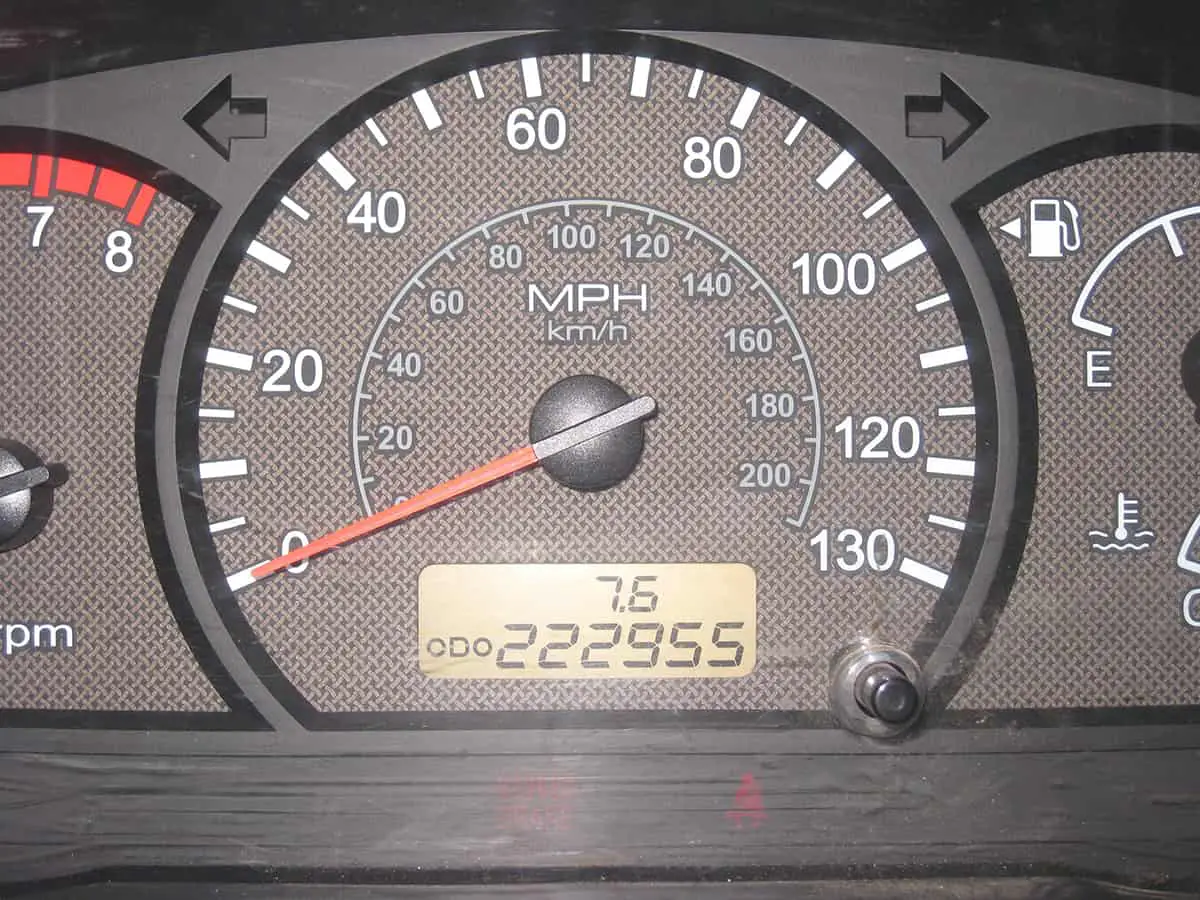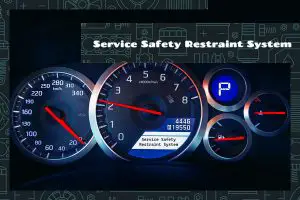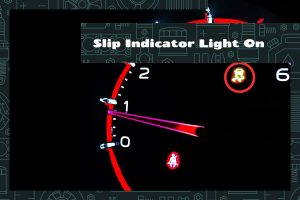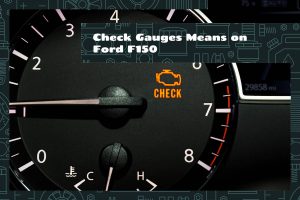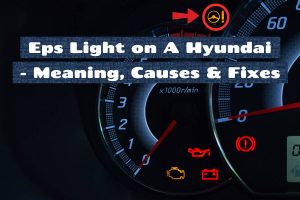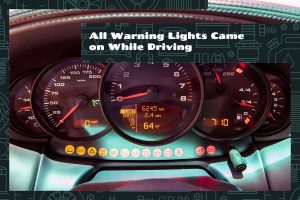Reading an odometer is like reading the story of your car’s journey. It’s the page-turner that reveals the miles driven, the memories made, and the experiences shared. But if you’re trying to purchase a second-hand car, or if you want to make sure your child isn’t sneaking away with your car at night, you should figure out how to read an odometer.
An odometer has 6 digits with a 1/10th digit. The number reading displays how many miles the car has driven since it was released from the factory. There is also a trip odometer that counts how many miles you’ve driven since your last “trip.”
In this guide, I’ll explain how to read an odometer in greater detail and what trip odometers are (and how to use them).
What is an Odometer?
An odometer is a device that measures the distance traveled by a vehicle. It’s typically found in cars, trucks, motorcycles, and other road vehicles and displays the distance in miles or kilometers. The odometer is usually located on the dashboard near the speedometer and is designed to provide an accurate record of the total distance traveled by the vehicle.
The odometer works by using gears and a set of mechanical or electronic components to calculate the number of rotations made by the wheels of the vehicle. The odometer is connected to the drivetrain of the vehicle, which allows it to measure the distance traveled accurately. The odometer readings are used for various purposes, including tracking maintenance needs, determining the value of a vehicle, and monitoring fuel efficiency.
Types of Odometers
Your car will come with either a mechanical odometer or a digital/electric odometer.
1. Mechanic odometer
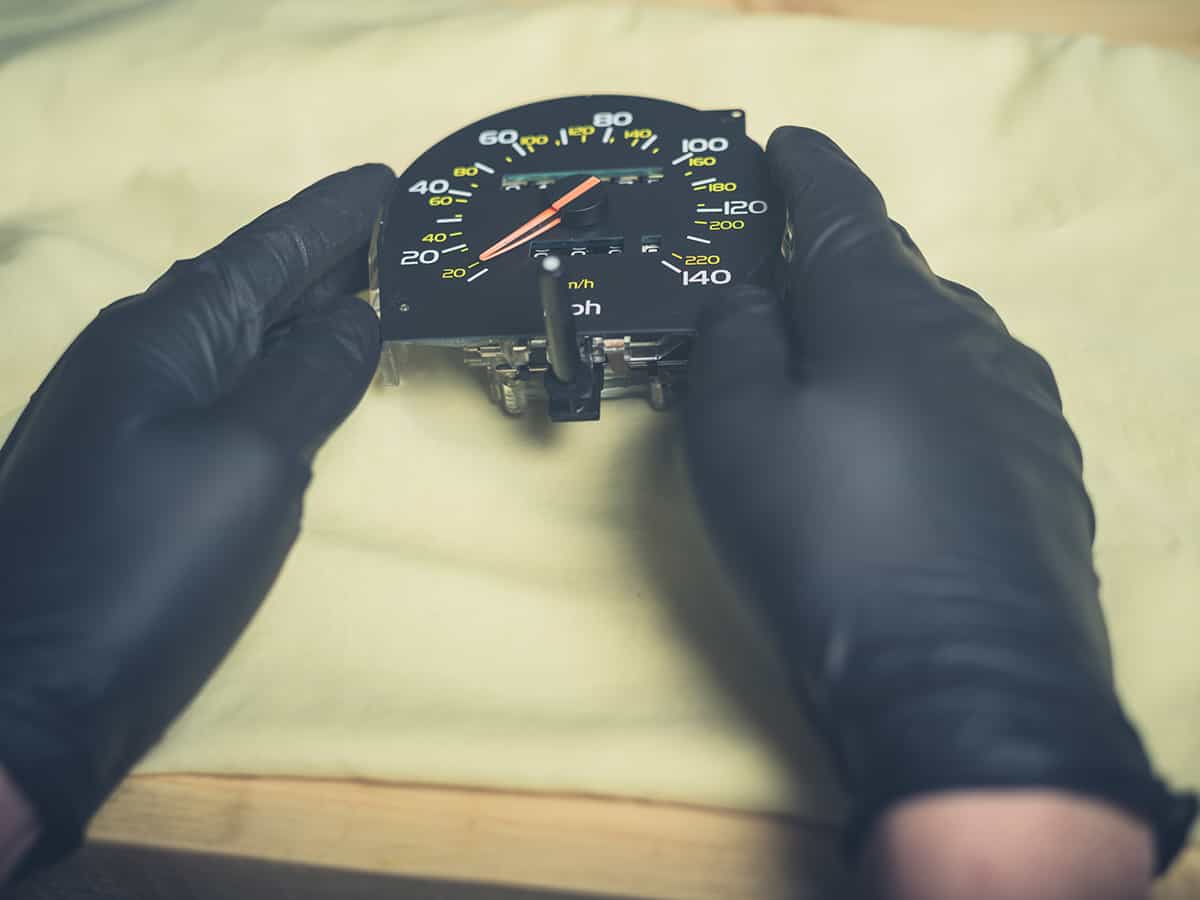
This is the traditional type of odometer that uses gears and a set of mechanical components to calculate the distance traveled by a vehicle. It’s a simple and straightforward device that has been in use for many decades.
Mechanical odometers are typically less expensive than digital odometers and are known for their durability and reliability. However, they are not as accurate as digital odometers and can be prone to wear and tear over time.
2. Digital/Electric odometer
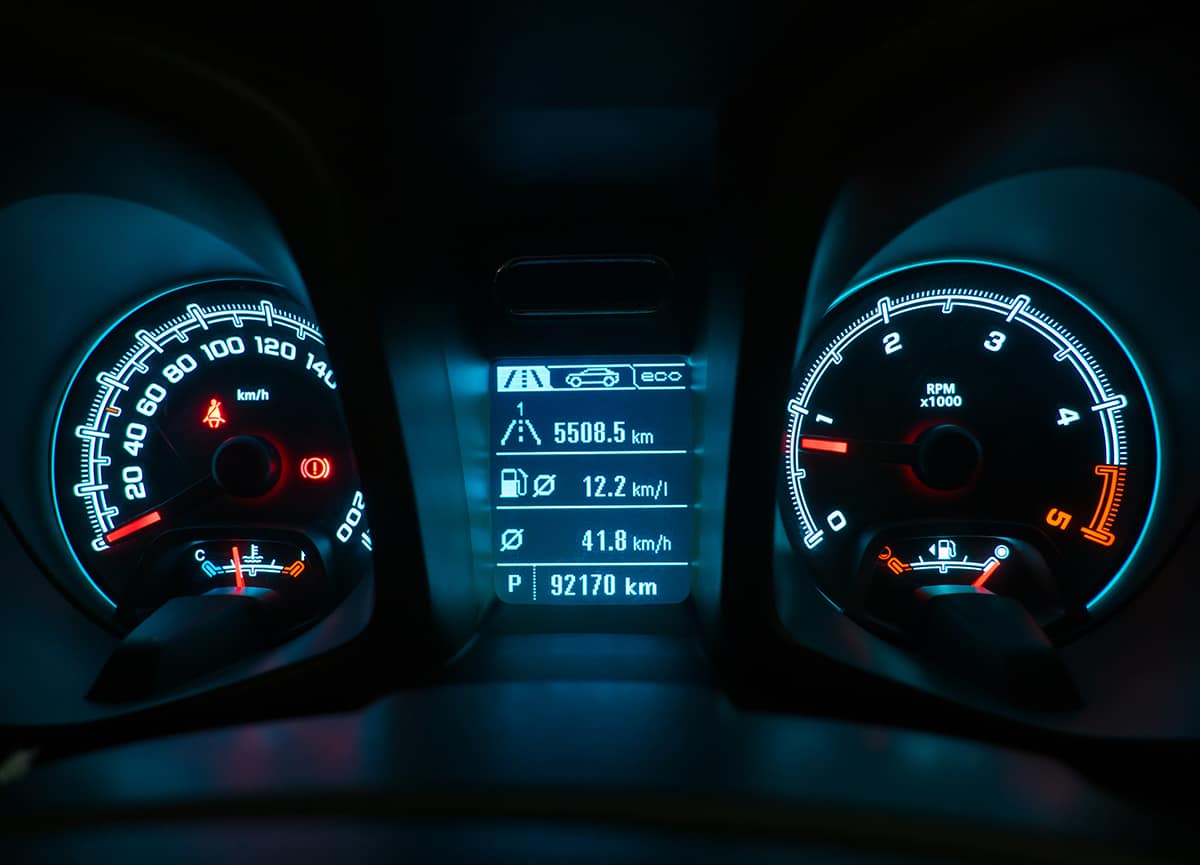
This is the modern type of odometer that uses electronic components to display the distance traveled by a vehicle. It’s typically found in newer vehicles and is designed to provide an accurate and reliable record of the distance traveled.
Digital odometers are easy to read and can display the readings in miles or kilometers, making it easy to interpret the data. They also often offer additional features, such as a trip odometer and odometer correction, which allow for more detailed monitoring of the vehicle’s performance. However, digital odometers are more expensive than mechanical odometers and are susceptible to technical issues such as software errors.
How to Read an Odometer
Reading an odometer means seeing the total miles driven in a car. You’ll want to know how many miles the car has driven to guesstimate its engine’s condition. Normally, an odometer with a higher mile figure denotes an engine that has seen better days. The lower the odometer’s reading, the “newer” and less worn-out it is.
The odometer’s display can be found on your car’s dash. If it’s mechanical, it will consist of 7 boxes, with the final box (representing 1/10th of a mile) being a different color. The first six boxes show the total miles driven (up to 999,999 miles). For instance, if the boxes are filled with 1, 2, 3, 4, 5, 6, and 7, that means the car has driven for around 123,456.7 miles.
If you notice that one of the digits on the odometer is between 2 numbers, that means that the digit is on the verge of increasing—in other words, the previous digit is about to go up from 9 to 0.
Please note that the odometer’s readings may also be expressed in kilometers, depending on where you live. In this case, the example above means that the car has driven for around 123,456.7 kilometers since it was released from the factory.
On the other hand, if your car is fitted with a digital or electric odometer, the numbers will be displayed in digital format.
What Is a Trip Odometer?
If you have a mechanical odometer, take a close look at it. You’ll most likely find a narrow secondary readout somewhere beneath the 7-digit main display. That is known as the trip odometer.
A trip odometer is a feature found in some odometers that allows you to measure and record intermediate distances between full readings of the odometer. It’s a separate, secondary meter that is used to track shorter distances, such as a single road trip or a daily commute.
The trip odometer is usually reset to zero after each use and can be reset manually by the driver. It provides a convenient way to monitor the distance traveled for a specific trip without having to manually track the distance and calculate it yourself. This information can be useful for tracking fuel efficiency, monitoring maintenance needs, and recording distances for reimbursement or tax purposes.
In some cars, the trip odometer is a part of the primary odometer, while in others, it has its own display that is located somewhere underneath the main odometer display. The trip odometer is a useful tool for tracking the distance traveled for specific trips, and it can be a valuable addition to the overall monitoring and performance of your vehicle.
How to Use the Trip Odometer
Unlike the main odometer, the trip odometer can be reset to 0. This allows you to record the traveled distances of short trips—for example, if you’d like to record how many miles you drive from home to work, from work to school, how many miles you drive between gas refills, etc.
The trip odometer will likely have a button that you can press. This allows you to scroll from trip A to trip B, so you can record the distances of 2 journeys. In mechanical odometers, pressing it will clear the readout, rolling it back to its 0 state.
For digital odometers, pressing the odometer button once will let you scroll between trip A, trip B, and the main readout. You can clear the trip readouts by pressing and holding the button for 3 to 5 seconds.
Can You Roll Back an Odometer?
If you mean the main odometer—i.e., the one that’s supposed to read the total miles driven since the car was made—the unfortunate answer is, yes, you can. I won’t teach you how to do it here since it’s unethical.
Rolling the odometer back, also known as odometer fraud or tampering, refers to the act of altering the readings on an odometer to make a vehicle appear to have traveled fewer miles than it actually has. This unethical practice is often done to increase the resale value of a vehicle or to conceal its true condition.
Rolling the odometer back is illegal in many countries, as it misleads potential buyers and constitutes fraud. In addition, it can also be dangerous, as it conceals important information about the vehicle’s maintenance history and wears and tear. When a vehicle has more miles on it than indicated on the odometer, it may have worn-out parts or other hidden problems that could affect its performance and safety.
However, rolling back the trip odometer is completely fine and can be done straight from the dashboard (check the previous section to learn how).
